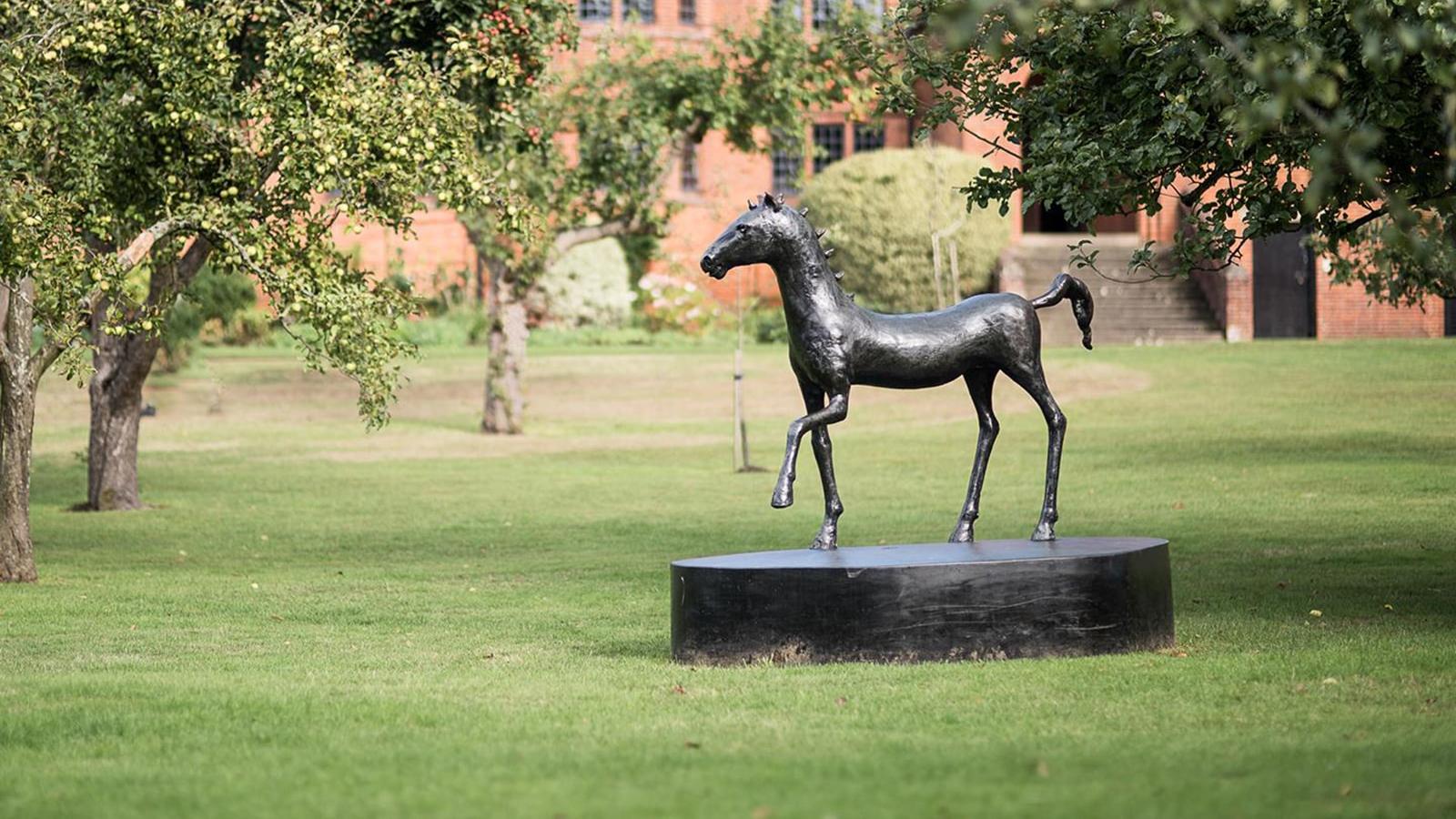Although Mr Badley's ideas were highly radical for England at that time, in retrospect he can be seen as part of a wider European reform movement (he was the contemporary of Montessori and Steiner).
The school became fully co-educational in 1898; students were given a formal voice by 1916, when the School Council was formed.
In line with Bedales' tradition of tolerance, we welcome all faiths and denominations. We have no chapel, but we have a Quiet Place open to all.
The school is named after the house in which it began, in Haywards Heath. Bedales moved to its rural Hampshire site in 1900. Bedales Prep (for children aged 8-13), was founded in 1902 and moved to its present site in 1905, and the Pre-prep (for children aged 3-8) in 1953.
The three schools are located in 120 acres of farmland, woods, orchards and playing fields. Students still follow Mr Badley's ideal (quoted from John Ruskin) of educating 'head, hand and heart'. The strong practical element of Outdoor Work, for example, includes work on the landscape, ranging from hedge-laying to tending the school's flock of Jacob sheep.
The Memorial Library (1920s) and adjoining Lupton Hall (the original assembly hall, built in 1911) are Grade I listed. The Olivier Theatre (1998), Orchard Building (2005) and Art & Design Building (2016) have won awards for the quality and originality of their architecture.
Find out more about Bedales' ethos in the form of 'Jaw' and 'Handshaking'.
Bedales Archive
Bedales is keen to expand the Archive holdings, and to make historical materials available to researchers. If you would like to donate documents or artefacts, or are researching a subject where we might be able to help, please contact archive@bedales.org.uk.
Vist the Bedales Schools Digital Archive where you can view digitized early editions of The Chronicle which was first published in 1907.

